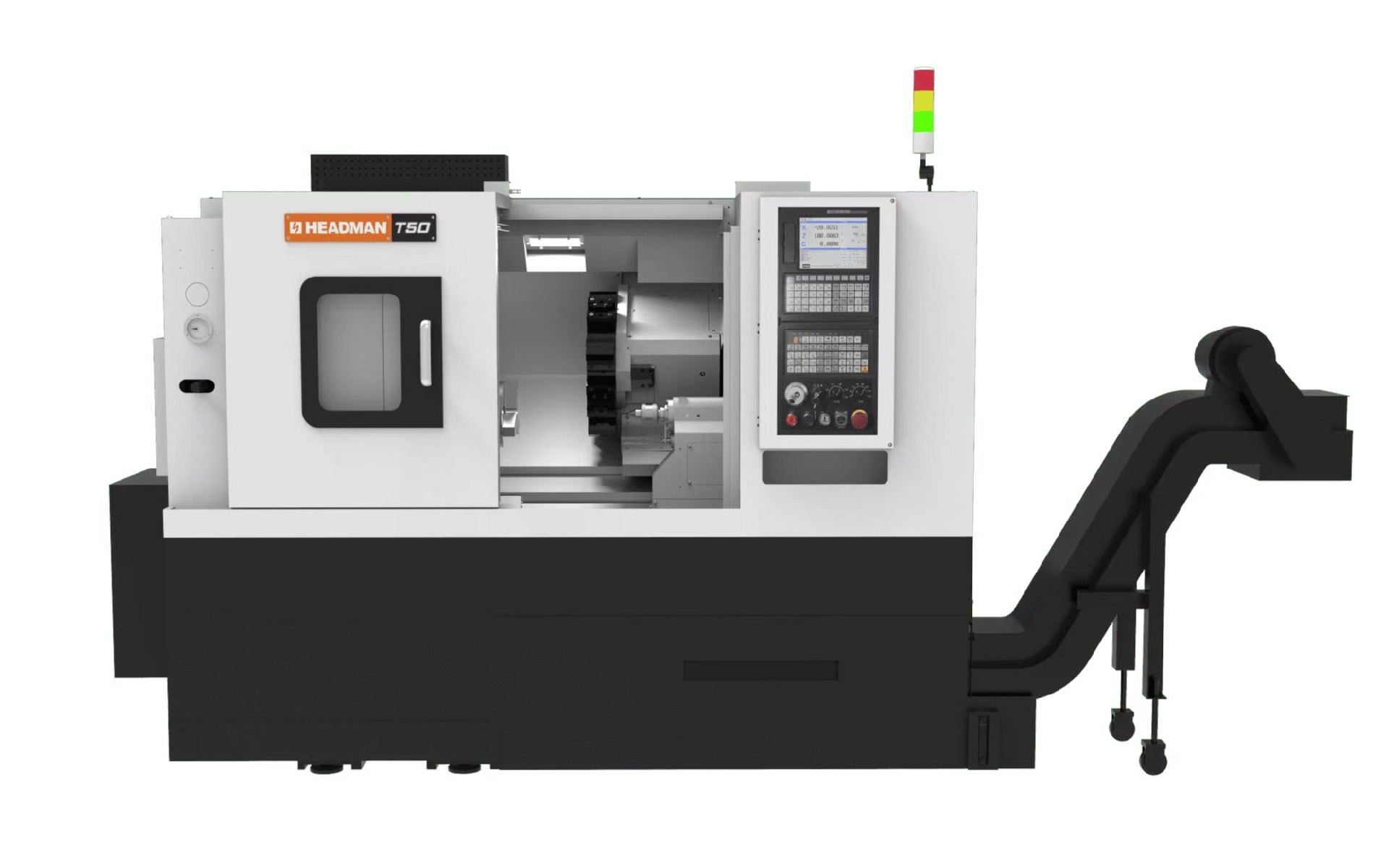What are the functions of equipment such as turning, boring, milling, grinding, planing, drilling, and wire cutting in machining?
In the field of mechanical processing, equipment such as lathes, boring machines, milling machines, grinders, planers, drills, and wire-cutting machines have clear divisions of labor, collectively completing the processing workflow from raw materials to precision parts. Each type of equipment has its unique processing method and core function.
1.Lathe: The precision cutting expert for 'rotating workpieces'
Core function: By rotating the workpiece at high speed and coordinating with the linear or curved movement of the tool (such as a lathe tool), it performs cutting on the workpiece's outer circle, inner hole, end face, threads, etc., making it a core processing device for shaft-type and disc-type parts.
Typical applications: processing motor shafts, bearing sleeves, bolts, flange plates, etc., capable of achieving an external diameter accuracy of ±0.01mm, meeting the dimensional requirements of conventional rotary parts.
2.Boring Machine: A Precision Tool for 'Deep Hole and Large Hole' Machining
Core Function: The main movement is the rotation of the cutting tool, while the workpiece or cutting tool performs the feed movement. It is specifically used for machining precision holes on workpieces (especially deep holes and large-diameter holes), hole systems (where multiple holes require positional accuracy), and end faces, and it can correct the positional deviation of existing holes.
Typical applications: machining spindle holes of machine tools, engine cylinder holes, and hole systems of large box-type parts, ensuring cylindricity and coaxiality errors of holes are less than 0.005mm.
3. Milling Machine: An All-Purpose Machining Equipment for 'Complex Surfaces and Contours'
Core function: The cutting motion is achieved by the high-speed rotation of the tool (milling cutter), while the workpiece performs a feeding motion. It can machine flat surfaces, inclined surfaces, grooves (such as V-grooves, T-slots), gears, cams, and other complex profiles. Types include vertical milling machines, horizontal milling machines, and five-axis milling machines.
4. Grinding Machine: The Ultimate Grinding Equipment for 'High-Precision Surfaces'
Core function: Using high-speed rotation of grinding tools such as grinding wheels and belts to grind the surface of the workpiece, it can significantly improve surface roughness (up to Ra0.025μm) and dimensional accuracy, correct minor errors from previous processing, and is the 'final finishing step' for precision parts.
5. Planer: High-efficiency machining equipment for 'flat surfaces and grooves'
Core function: Using the reciprocating linear motion of a cutting tool (plane knife) as the cutting motion, the workpiece makes intermittent feed movements, mainly processing flat surfaces, inclined surfaces, and straight grooves. It has a simple structure and low cost, but its machining efficiency is lower than that of a milling machine.
6. Drilling machine: the basic equipment for 'hole processing'
Core Function: The cutting motion is achieved by the rotation of the drill bit, while the drill bit or workpiece performs axial feed motion. It is specifically used for drilling through holes and blind holes in workpieces, and can also be used with reamers or boring tools for hole enlargement and reaming, achieving preliminary hole processing.
7. Wire Cutting Equipment (Electrical Discharge Wire Cutting): Non-contact processing equipment for 'complex-shaped parts'
Core function: Using the principle of electric spark discharge, it cuts conductive materials through a metal wire (such as a molybdenum wire) as the electrode. No physical cutting tool contact is needed, allowing the processing of complex shaped contours, small gaps, and thin-walled parts, without being limited by material hardness (can process hardened steel and hard alloys).



